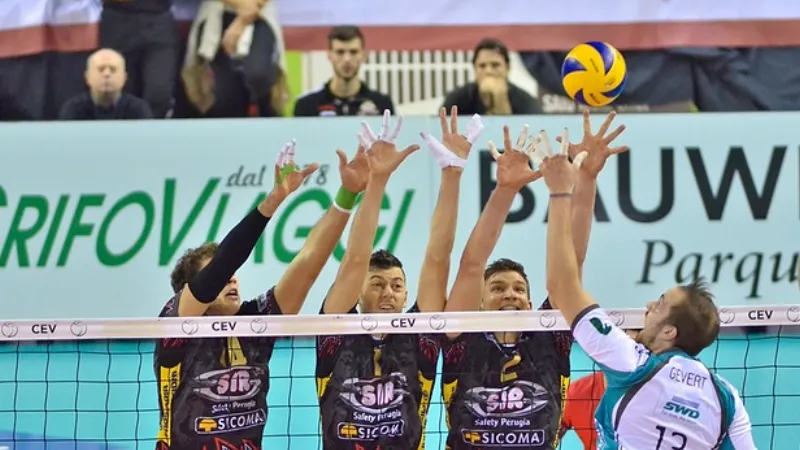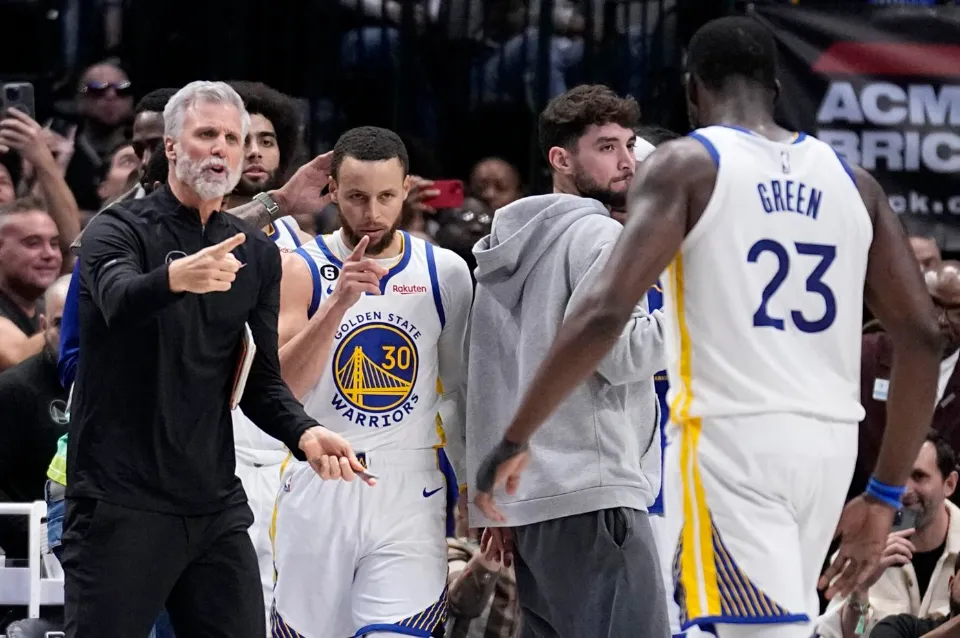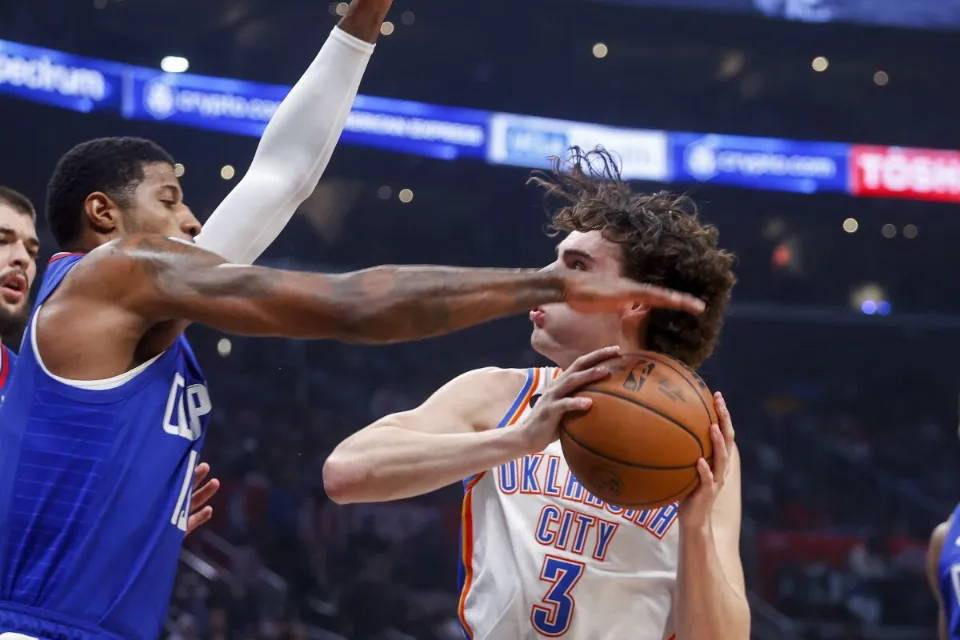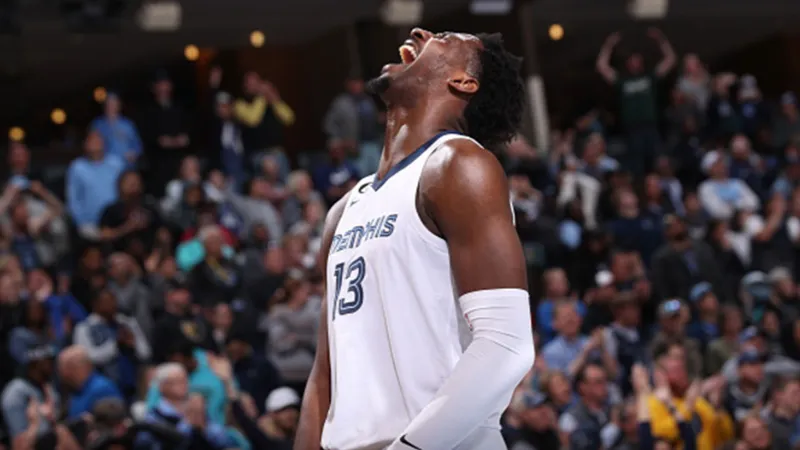What Is A Charge In Basketball? Basketball Rules
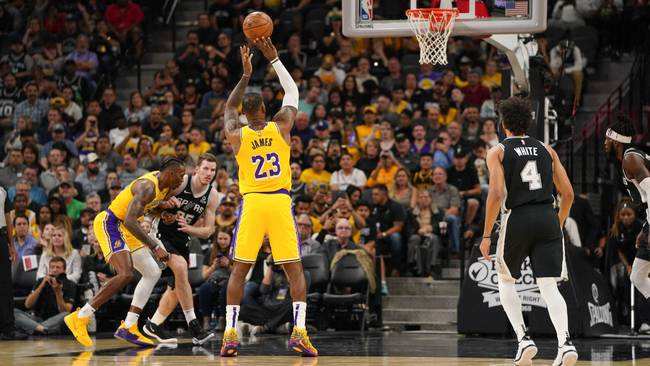
What is a charge in basketball? A player who runs into a defender in the frontcourt who is occupying a fixed position commits an offensive foul known as a charge. This offense is comparable to a blocking foul, which occurs when a defender positions up beneath the basket illegally and prevents an offensive player from making a play with the ball. Here is a detailed explanation of everything you need to know about a basketball charge.
Table of Contents
What Is A Charge In Basketball?
One type of aggressive foul is charging. The act of charging can be finished in various ways. To undertake the cost in any of them, the defender should be in a professional defending posture with their toes planted and their bodies growing to become toward the participant committing the offense.
Either with or without the ball, one can charge. The following are some techniques for charging:
You may additionally be flagged for charging if the defender units up earlier than you go away the flooring to make a layup attempt.
Dribbling can additionally end result in a charge. The defender is in a lawful posture if their toes are firmly planted and standing still. The participant that is dribbling is equally accountable for heading off collision due to the fact they can begin it. A cost is made for strolling over a participant legally defending the ball.
Last however now not least, even if you skip the ball whilst dribbling towards a defender (in an allowed position), you may want to nonetheless be referred to as for a charging foul. Even if you don’t have the ball, you’re nonetheless at the cost of fending off colliding with a defender who is standing motionless.
How To Increase Charge In Basketball Call?
When there is contact, a defensive player wants a charge call to be made. You should fall promptly after making contact with the offensive player to draw the referee’s attention, which will improve the likelihood that this call will be made. A little showmanship after a fall can occasionally increase the likelihood of a charge call. Overdoing the fall, though, could backfire since officials might mistake it for flopping.
However, as they take the potential foul, athletes should be aware of where their feet are. For instance, if you make contact with an offensive player during a shot in a certain region of the court (a semicircle), you will be penalized.
Tips For The Defender For Charge In Basketball
Defenders should plant themselves in the defensive zone, outside of the restricted area, far enough away from an offensive player to provide a favorable position for a charge call. The offensive player has enough time to evade them or modify their direction.
The Referee Signal A Charge In Basketball Call
The referee will point their arm to the opposing end of the court when a change happens. The play is now heading the other way, favoring the defensive team, according to that signal.
What Happens After A Charge In Basketball Call?
When the referee calls a charge, two things take place. The offensive player who initiated the charge will first have a foul added to their total for the contest. In college basketball, it only takes five fouls to leave a game; in the NBA, it requires six.
Second, the charging play immediately results in a turnover. The defense team now holds the ball and it’s their turn to score, so to speak. Receiving a charge call in the closing moments of a game can drastically change the momentum of one team.
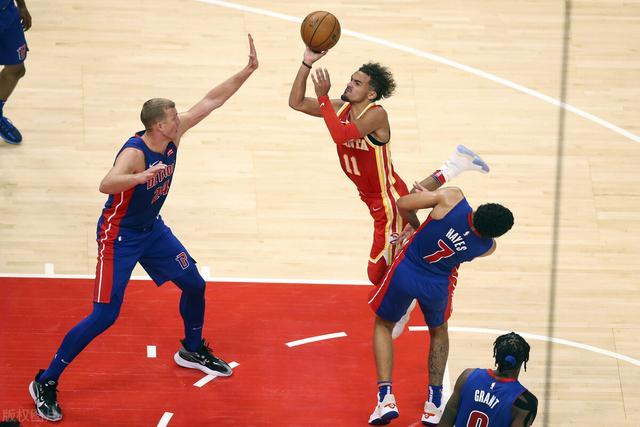
Raise The Probability Of A Charge In Basketball
The semicircle below the internet is essential for identifying whether or not a contact beneath the internet is blocking off a foul or a charging foul.
The constrained zone, now and again recognized as the constrained area, is a four-foot arc that surrounds the basket.
This part of the basketball ground is there to end secondary defenders from positioning themselves beneath the internet and drawing expenses on layups or slam dunks.
The key to a basketball ground hasn’t usually covered the restrained area, and it didn’t begin till the 1997 to 1998 campaign. The NCAA brought the restrained vicinity for the 2011 to 2012 university basketball season.
According to the NBA regulation, a referee may additionally use immediate replay to view a defender’s ft to make a name about a block or cost in the course of play.
When a defender collides with a ball handler when one foot is on the semicircle, it can also end result in a shielding foul, permitting the different facets to strive for free throws.
Semicircle Means On The Basketball Court Under The Hoops
A defensive player wants a charge call to be made whenever there is contact. To increase the chance that the call will be made, you should fall quickly after making contact with the offensive player.
Sometimes after a fall, a little showmanship can make a charge call more likely. However, overdoing the fall could backfire since authorities can confuse it for flopping.
Athletes, though, should be conscious of where their feet are when taking a potential foul. For instance, if you make contact with an offensive player while taking a shot in a particular area of the court, you will be fined (a semicircle).
Distinctions Between A Charge And A Block
Blocks and charges are examples of personal fouls in basketball that involve physical contact near to the basket.
They stand for competing points of view in the same discussion. As was already mentioned, a charge, which is an offensive foul, is committed when an offensive player collides with a defender who has assumed a legitimate defensive position in the frontcourt.
The opposite of a charge is a block, on the other hand. In other terms, a player commits a defensive foul when they obstruct an offensive player who dribbles the ball or shoots the ball. See more about What Is ISO In Basketball?
Are Referees Bad At Calling Charge In Basketball?
If a charge is missed or a block is mistaken for a charge, some supporters may criticize the referees. Basketball players who fall or hurl themselves to the ground after making contact in an effort to earn a charge call could make things worse. This move may make it more difficult for the officials to evaluate these plays fairly, especially if there are a lot of contacts.
Referees are not currently permitted by the NBA to use instant replay to examine charging and blocking calls. When referees review the tape to determine whether a contract was lawful, they typically do so to assess where a defender’s feet were placed. This replay review may serve to clarify issues and improve calls, but it won’t assist referees in making up for missed mistakes.
The Best NBA Players At Drawing Charge In Basketball
Some of the NBA’s top players are those who can cleanly draw charge calls when it comes to a successful defense. Utilizing the charge rule to your advantage will help your team prevent a goal.
Three players tied for first place in the league in charges drawn in the 2021–2020 season. Kemba Walker of the Oklahoma City Thunder, Montrezl Harrell of the Los Angeles Lakers, and Blake Griffin of the Brooklyn Nets each drew 22 charges that year.
Final Words
One of the basketball rules designed to keep players on the court safe is the prohibition of charging. It encourages players to shoot or pass the ball in order to make spectacular plays while attempting to reduce unnecessary contact in high-traffic areas of the court. The game is more entertaining for spectators to watch when the ball is passed or shot.
When a defensive player blocks or obstructs an offensive player who is making a legitimate basketball play, this play is comparable to a blocking foul. In order to keep an eye out for these regulations during frantic games, fans need to learn how to judge them.

